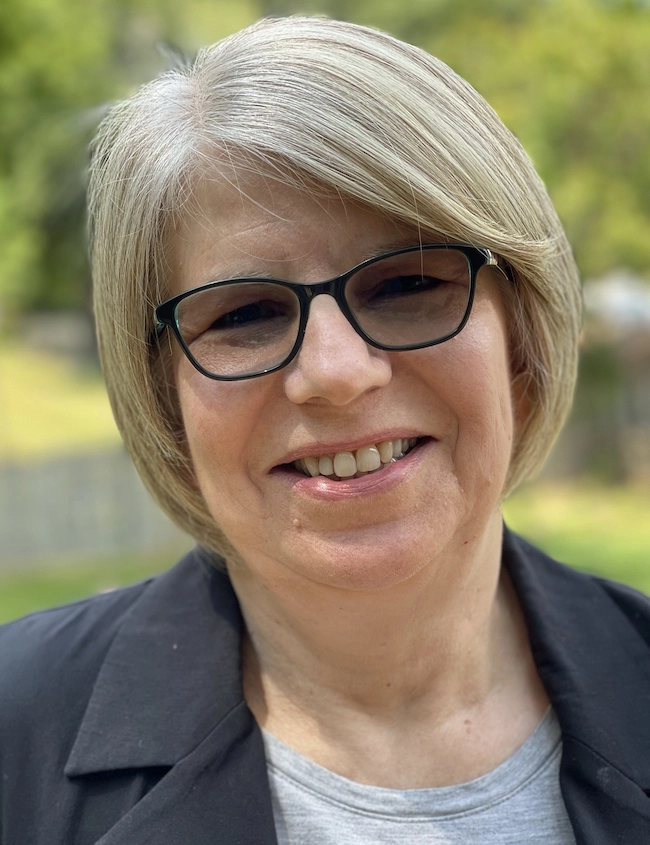Tag
frailty
-
•
Covering the annual ‘holiday check in’ on aging relatives
Family gatherings during the holidays are an ideal time for adult children to assess the well being of aging parents and…

-
•
Frailty affects quality of life, makes seniors more vulnerable
The term “frailty” seems to be practically synonymous with aging. And while it’s true that adults naturally have a gradual…

-
•
Project addresses readmission concerns by focusing on the frail
A new project is addressing the special concerns of frail elderly hospital patients in an attempt to help prevent lengthy…

-
•
New findings on frailty challenge assumptions
We often accept frailty, with its depleted energy and general wearing down of the body, as an inevitable part of…


